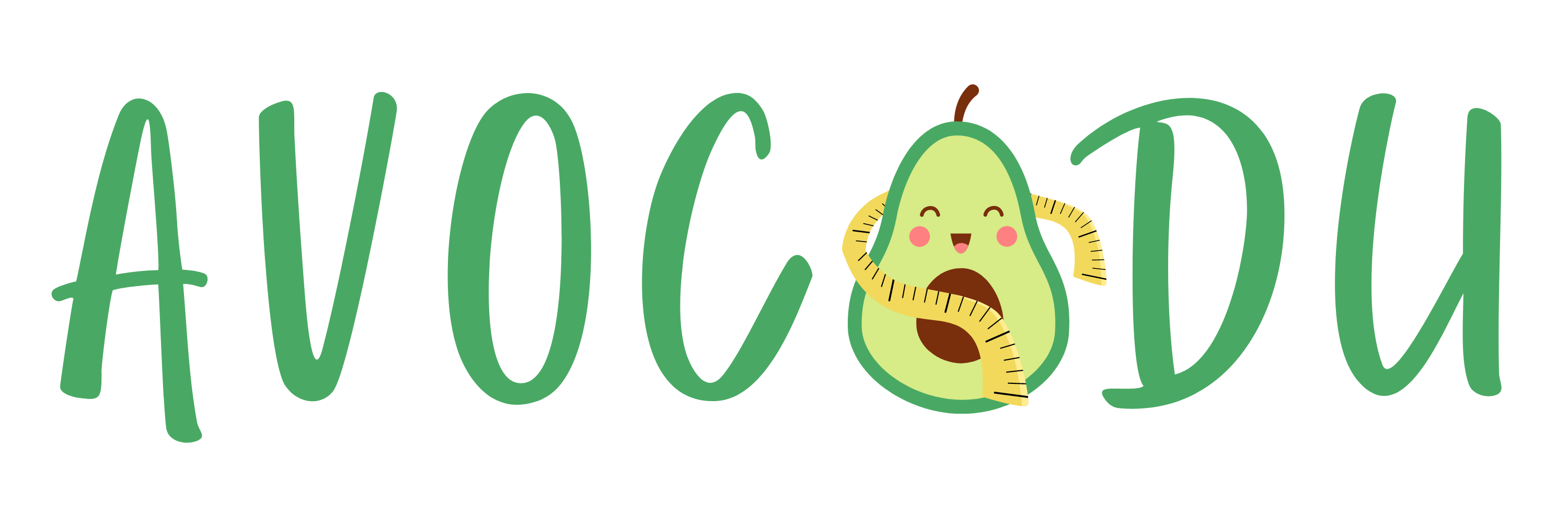12 Plants That Attract Hummingbirds and Help Them Build Nests
If you want to attract hummingbirds to your garden and provide them with the perfect environment to build their nests, consider planting the right flowers and shrubs. These plants offer essential nectar for nourishment and materials for nest construction, helping create a safe and inviting space for these beautiful creatures. By choosing the right species, you can support hummingbirds throughout their breeding season while enhancing the natural beauty of your garden.
This post may contain affiliate links, which helps keep this content free. Please read our disclosure for more info.
Bee Balm (Monarda didyma)
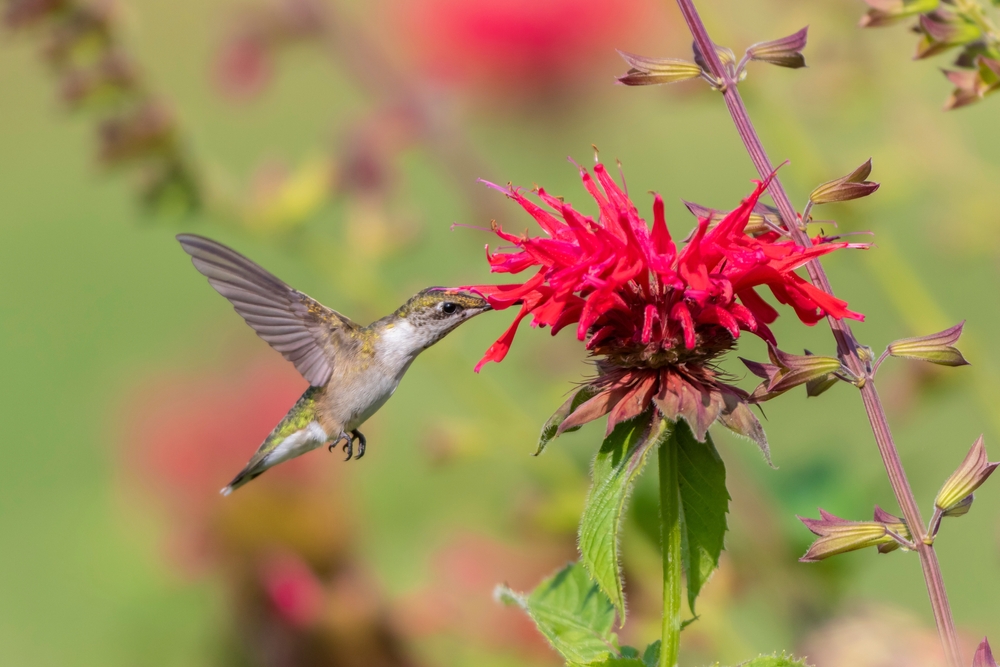
Bee Balm is a perfect plant to help hummingbirds as it provides both nectar and nesting material. The plant’s vibrant flowers attract hummingbirds, while the stems and leaves are often used by them to build nests. Its fragrant foliage also serves as a great deterrent for pests, creating a safer environment for nesting.
Bee Balm thrives in well-drained soil and partial sunlight, making it an easy addition to any garden. By offering both nourishment and building resources, it supports hummingbirds throughout the nesting season, allowing them to settle and raise their young.
Red Hot Poker (Kniphofia uvaria)
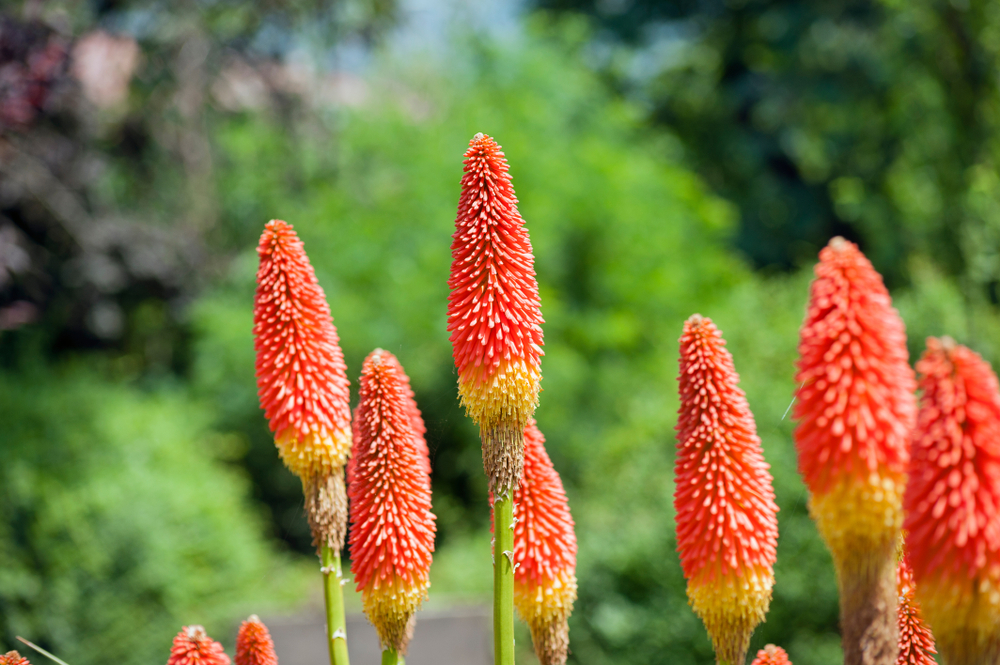
Red Hot Poker is another excellent choice for attracting hummingbirds. The tubular, brightly colored flowers produce a rich source of nectar that draws hummingbirds in large numbers. These birds are often seen feeding on the nectar, while the long leaves and stems provide soft materials that can be used for constructing nests.
This plant thrives in full sun and is drought-tolerant, making it ideal for gardens in areas with less rainfall. By adding Red Hot Poker to your garden, you are providing both nourishment and structural materials for nesting hummingbirds.
Columbine (Aquilegia spp.)
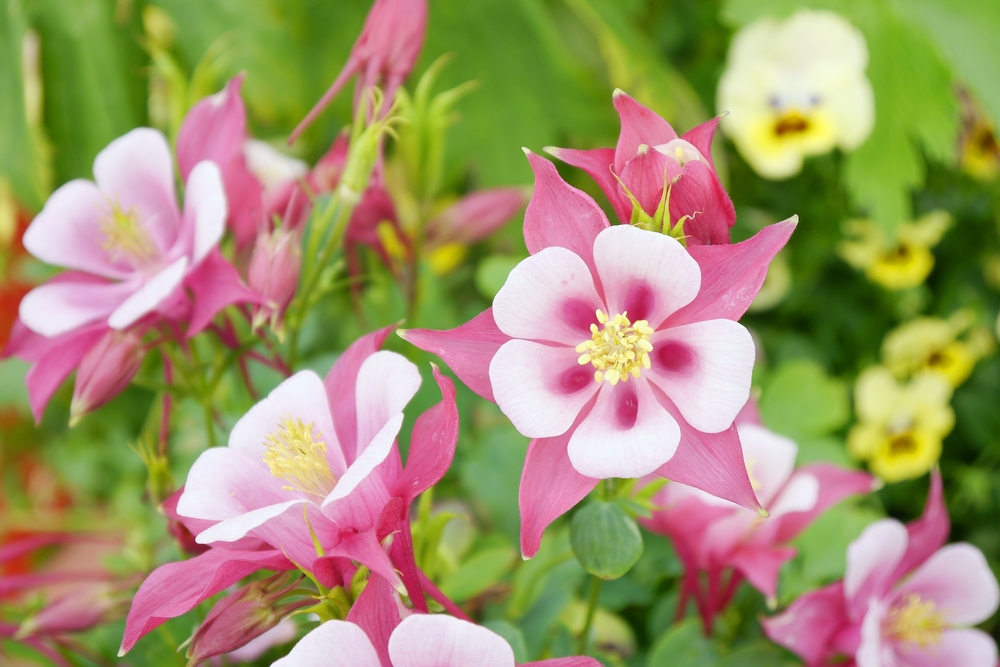
Columbine is a unique flower with spurred petals that are perfect for hummingbirds to sip from. The plant’s soft leaves and stems offer building materials for their nests. The colorful flowers come in a variety of hues, from red to yellow, making it an attractive addition to any garden while helping hummingbirds with both food and nesting supplies.
Columbine prefers partially shaded areas with well-drained soil, which makes it suitable for many garden environments. This plant helps attract hummingbirds during their breeding season by providing a reliable source of nectar and essential materials for their nests.
Trumpet Vine (Campsis radicans)
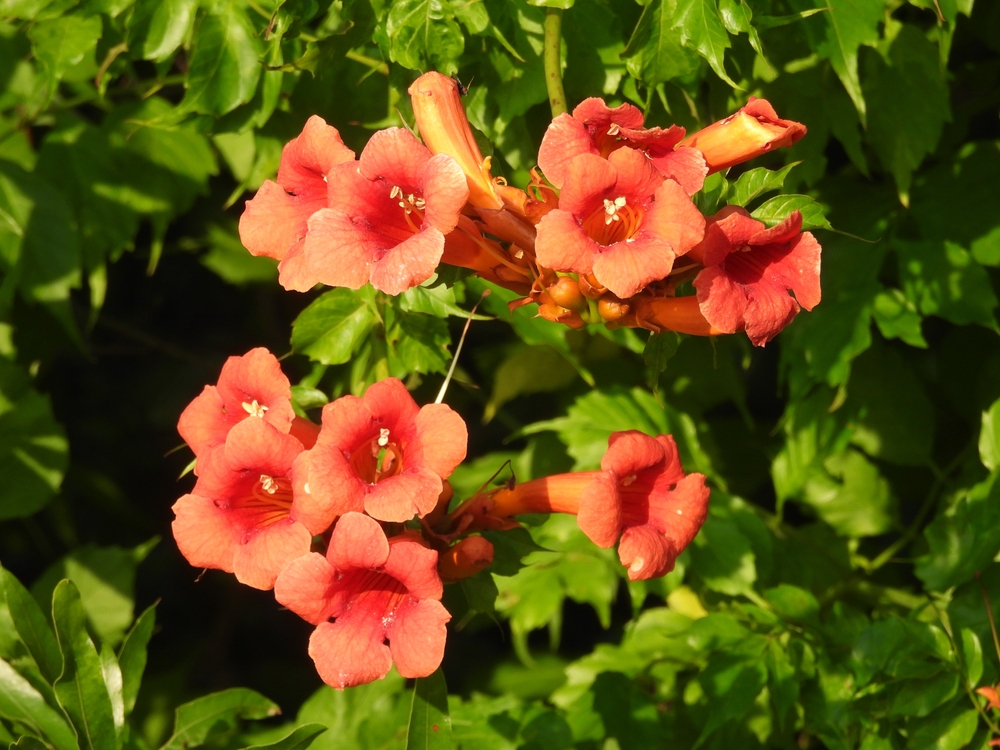
The Trumpet Vine is known for its large, trumpet-shaped flowers that are perfect for hummingbirds. The plant produces an abundance of nectar and grows vigorously, attracting hummingbirds to both feed and seek out nesting sites. The long, sturdy vines can also serve as a structure where hummingbirds can build their nests, utilizing the strong branches for support.
Trumpet Vine thrives in full sun and can grow on trellises or fences, providing a natural shelter for hummingbirds. This plant not only draws hummingbirds for food but also provides them with the right environment for creating their homes.
Fuchsia (Fuchsia spp.)
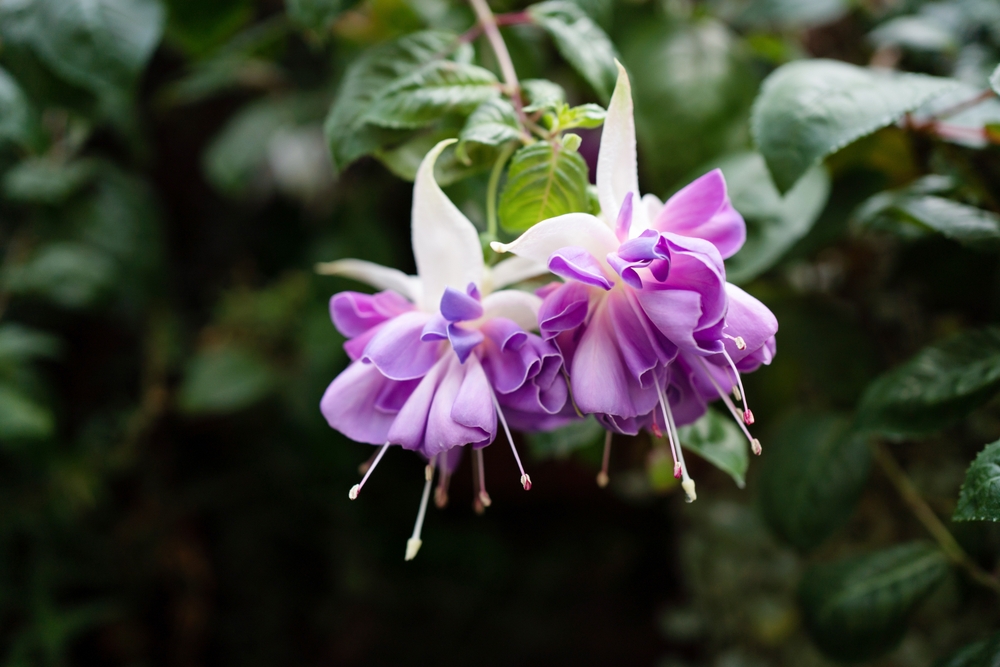
Fuchsia plants are famous for their dangling, tubular flowers that hummingbirds love. These flowers are a consistent source of nectar, and the small branches are ideal for hummingbirds to collect for nest building. The dense foliage of the fuchsia bush offers additional cover and protection for nesting birds.
Fuchsia grows well in shaded or partly shaded areas, making it perfect for gardens with less direct sunlight. Its beauty and functionality make it a must-have plant for attracting hummingbirds and providing them with the necessary nesting resources.
Hummingbird Sage (Salvia spathacea)
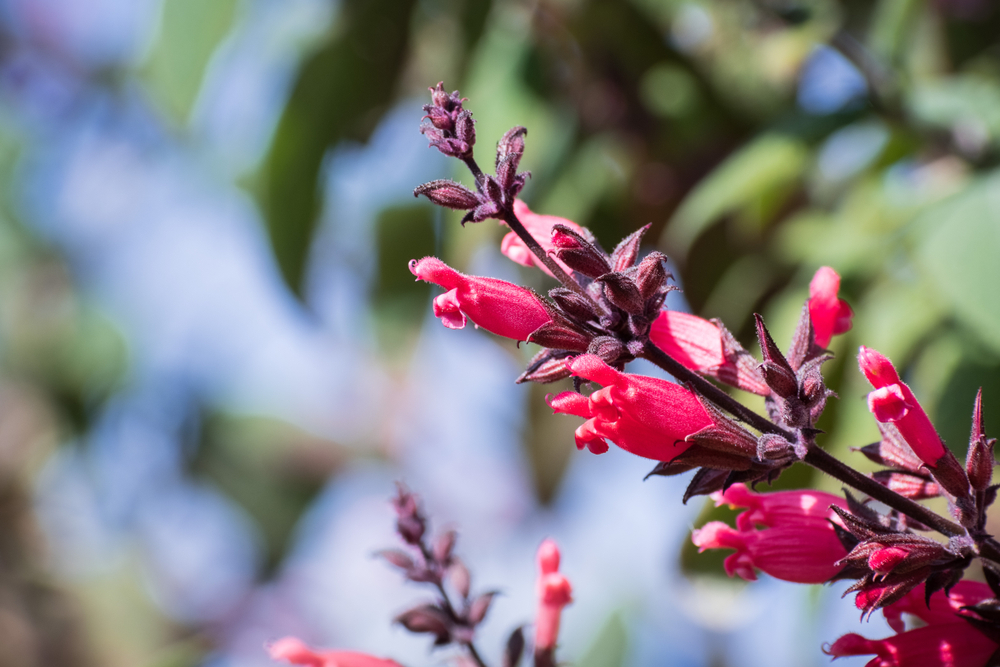
Hummingbird Sage is a favorite for hummingbirds because of its abundant, nectar-rich flowers. The plant’s sturdy stems and leaves are perfect for these birds to use in their nests. The plant’s dense growth habit offers protection and shade, making it a great option for supporting nesting hummingbirds.
This plant thrives in full sun and well-drained soil, making it an easy addition to any garden. Hummingbird Sage’s high nectar content and nesting benefits make it a highly valuable plant for attracting and sustaining these tiny creatures.
Coral Honeysuckle (Lonicera sempervirens)
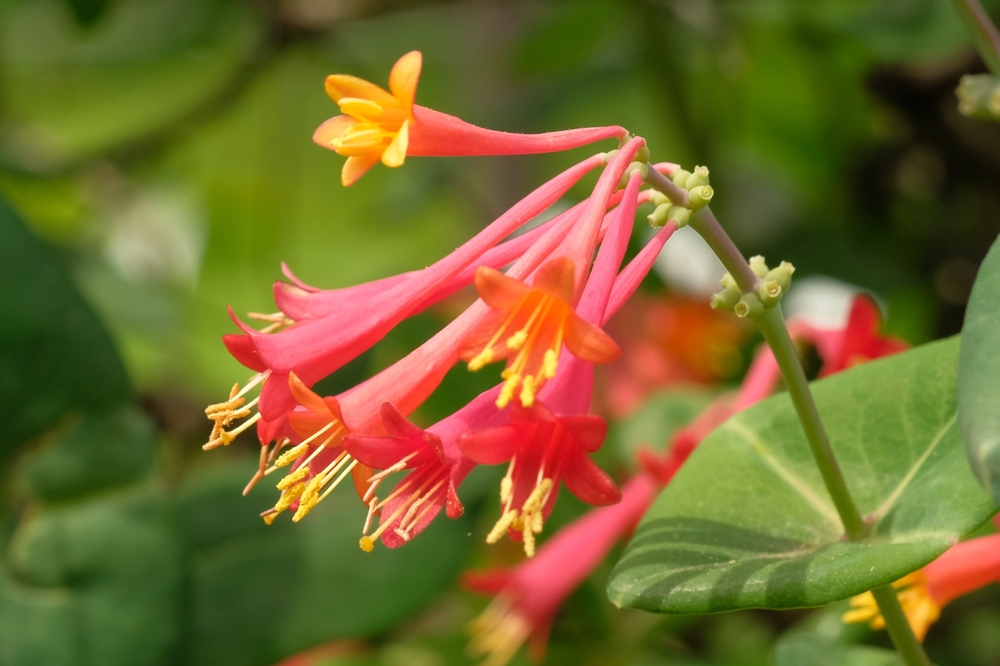
Coral Honeysuckle is a climber that produces clusters of trumpet-shaped flowers filled with nectar. Hummingbirds are attracted to these flowers, which are rich in the sugary liquid they need for energy. The vines also provide ample material for building nests, as they are long and flexible.
Coral Honeysuckle is an easy-to-grow plant that thrives in full sun to partial shade. It’s perfect for growing along trellises, fences, or arbors, giving hummingbirds a perfect spot to both feed and build their nests.
Lavender (Lavandula angustifolia)
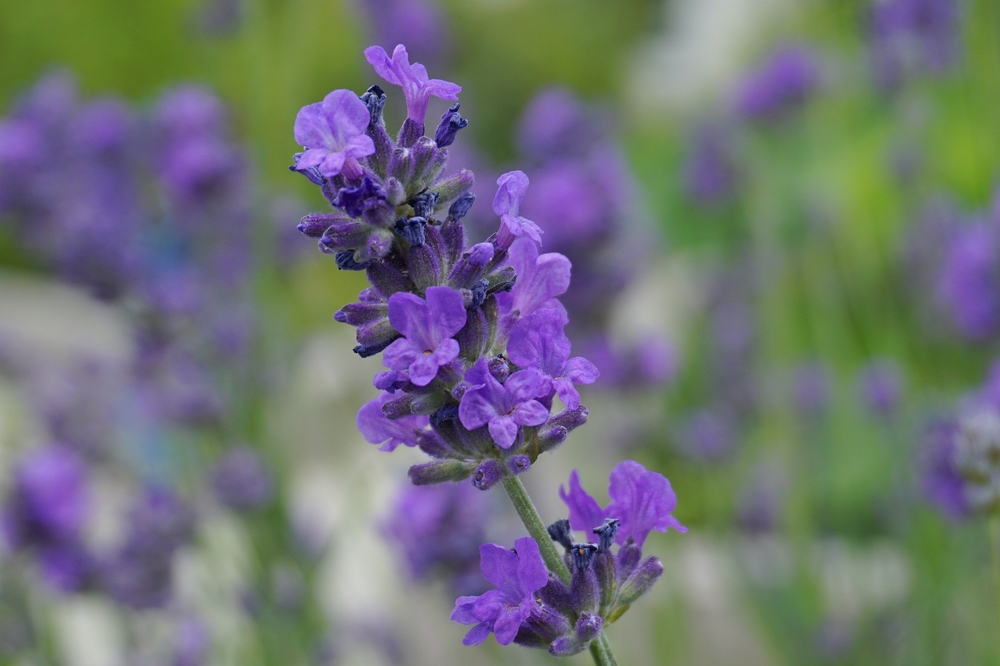
Lavender is not only a beautiful, fragrant plant but also an excellent choice for attracting hummingbirds. Its purple flowers are rich in nectar and often visited by hummingbirds. The plant’s woody stems are durable and can be used by birds to help in the construction of their nests.
Lavender grows well in full sun and well-drained soil, making it a hardy plant for most gardens. With its calming scent and practical nesting materials, lavender is a beneficial addition to any space aiming to support hummingbirds.
Morning Glory (Ipomoea tricolor)
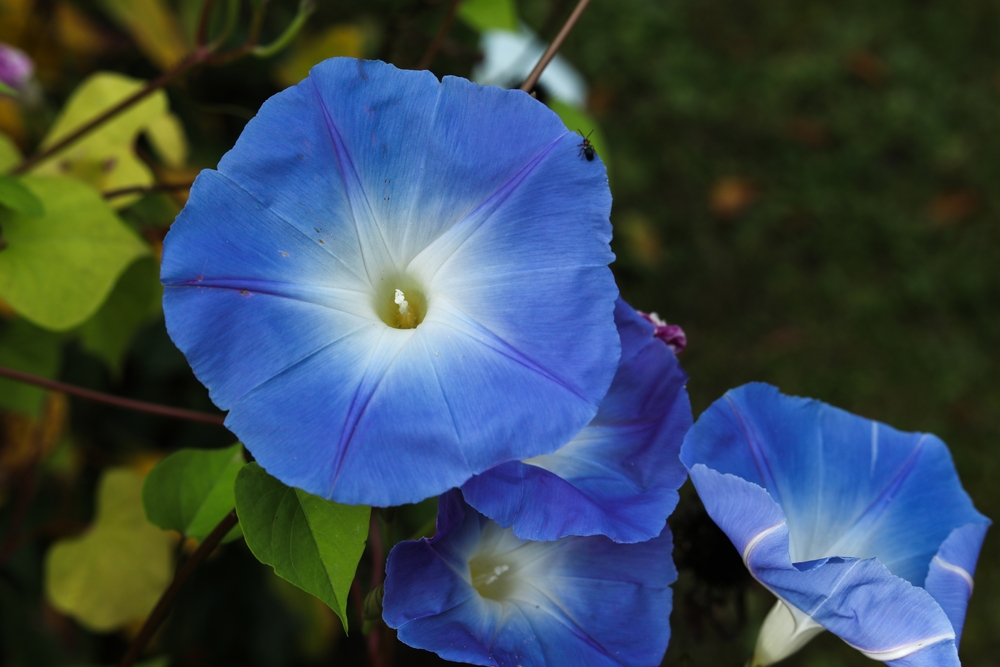
Morning Glory’s trumpet-shaped flowers are particularly loved by hummingbirds for their ample nectar supply. The vines grow quickly, offering long, flexible stems that hummingbirds can use for nesting. Additionally, the plant’s vibrant flowers attract hummingbirds throughout the growing season.
This plant thrives in sunny locations and well-drained soil. Its fast-growing nature and ability to provide both food and materials for nests make it an ideal choice for hummingbird enthusiasts.
Milkweed (Asclepias spp.)
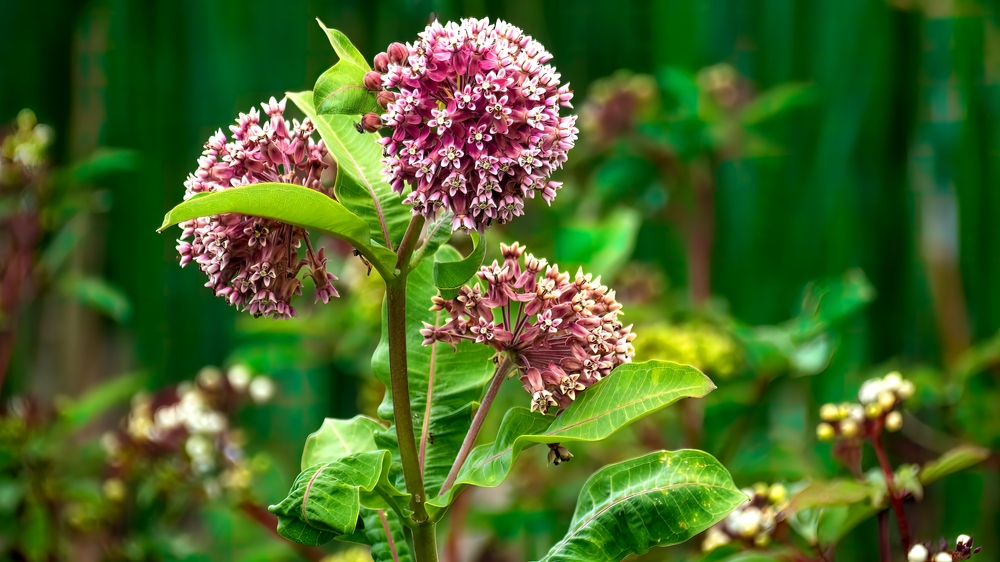
Milkweed is famous for attracting monarch butterflies, but it is also a great plant for hummingbirds. The clusters of small flowers are rich in nectar, providing an essential food source for hummingbirds. The sturdy, fibrous stems can be used by the birds to help build their nests.
Milkweed thrives in full sun and well-drained soil, making it a low-maintenance plant. Its dense growth provides cover, making it an ideal environment for nesting hummingbirds.
Wisteria (Wisteria sinensis)
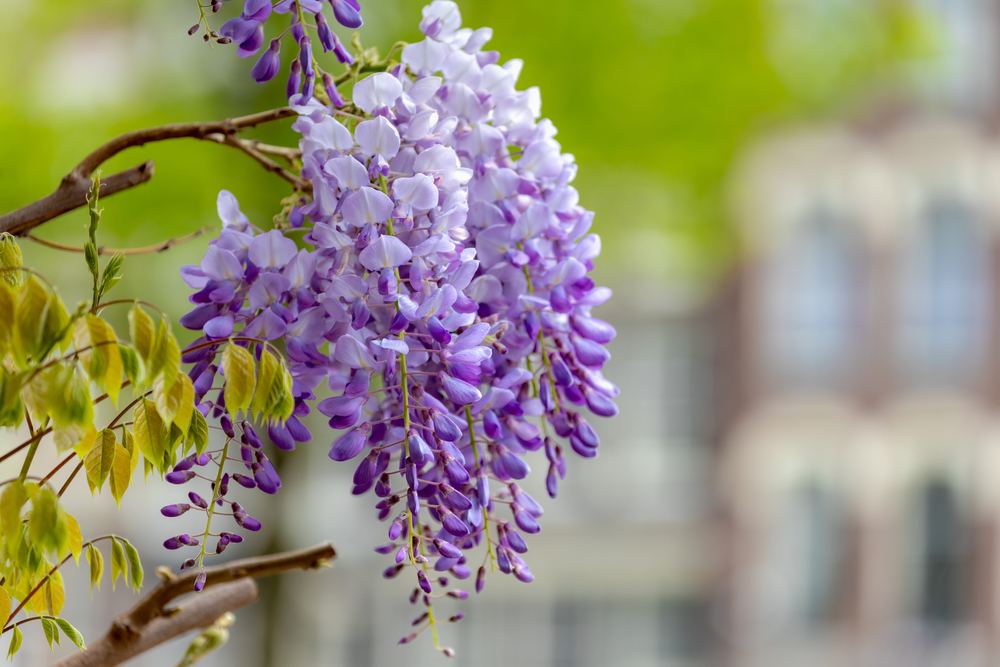
Wisteria is a woody vine known for its stunning cascades of purple or white flowers. The plant produces an abundance of nectar, attracting hummingbirds to feed. The long, flexible vines are ideal for hummingbirds to gather as nesting materials, allowing them to weave together their homes.
Wisteria thrives in full sun and is a hardy plant that requires minimal care. It’s perfect for growing on trellises or fences, providing both food and shelter for hummingbirds.
Bottlebrush (Callistemon citrinus)
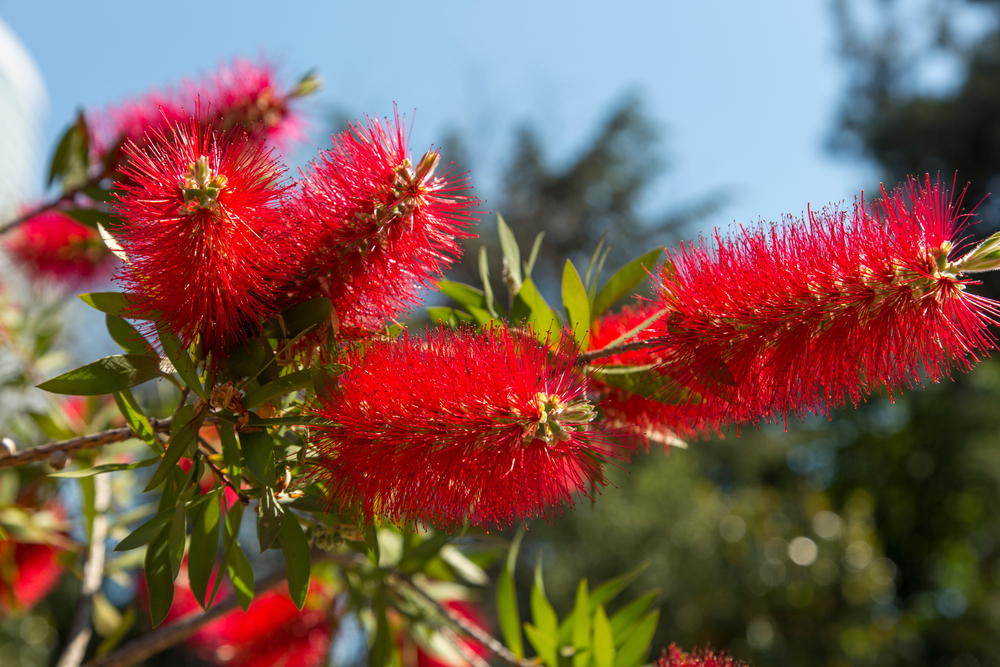
Bottlebrush plants are native to Australia and are an excellent source of nectar for hummingbirds. Their unique, brush-like flowers attract hummingbirds, while their branches offer perfect nesting materials. These plants provide both food and shelter, making them ideal for a garden that supports wildlife.
Bottlebrush plants thrive in full sun to partial shade and can tolerate drought once established. Their vibrant flowers and versatile branches make them perfect for any garden aiming to support hummingbird populations.
This article originally appeared on Avocadu.
